Muhnedobe uhyahyuk (Where the gods are present) 1989
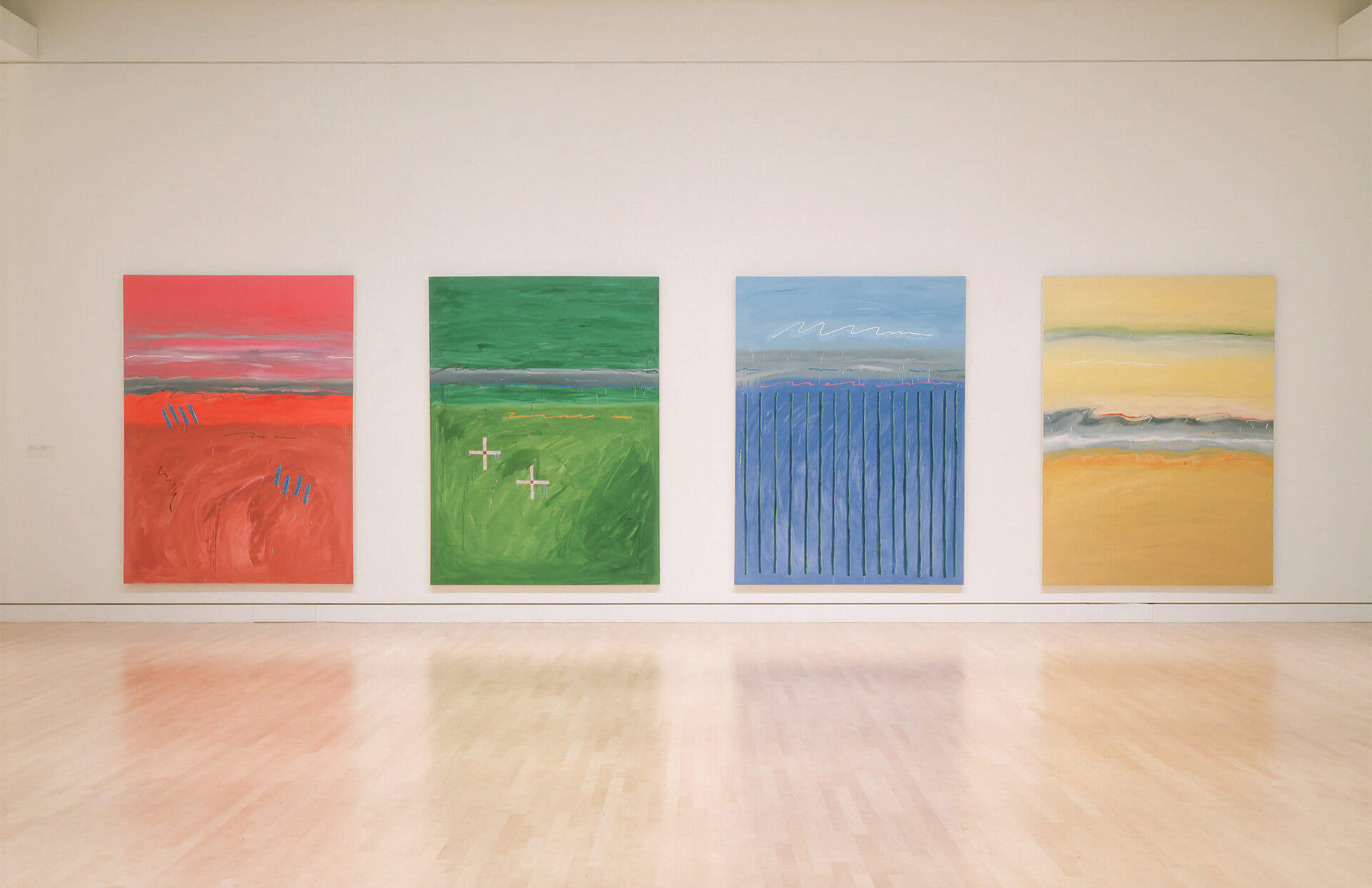
Robert Houle, Muhnedobe uhyahyuk (Where the gods are present), 1989
(Matthew, Philip, Bartholomew, Thomas)
Oil on canvas, four paintings, each 244 x 182.4 x 5 cm
National Gallery of Canada, Ottawa
Created during Houle’s 1989 residency at the Winnipeg Art Gallery, Muhnedobe uhyahyuk consists of four monumental abstract paintings, each named after an apostle and derived from sketches for Parfleches for the Last Supper, 1983. Its production was a means of celebrating the origins of the name “Manitoba.”
Situated near Houle’s childhood home, the sacred place referred to in these paintings is a revered natural phenomenon that was legendary and a site of pilgrimage for the Saulteaux. It is also the place from which the province of Manitoba derived its name. The Anishnabec refer to it as Manitowapah or manitou-pii-uhyàhuk. Approximately 200 kilometres northwest of Winnipeg, it is a specific spot where the current ebbs and flows on a narrow stretch of Lake Manitoba. As the water hits the porous limestone of the shore, it makes a muffled drone resembling faraway drums, creating the sound of ke-mishomis-na-ug (“our ancestors”), believed to be the voice of Manitou. For the Saulteaux, the Narrows are known as muhnedobe uhyahyuk, meaning the “divine straits,” or translated as “the place where the gods are present.”
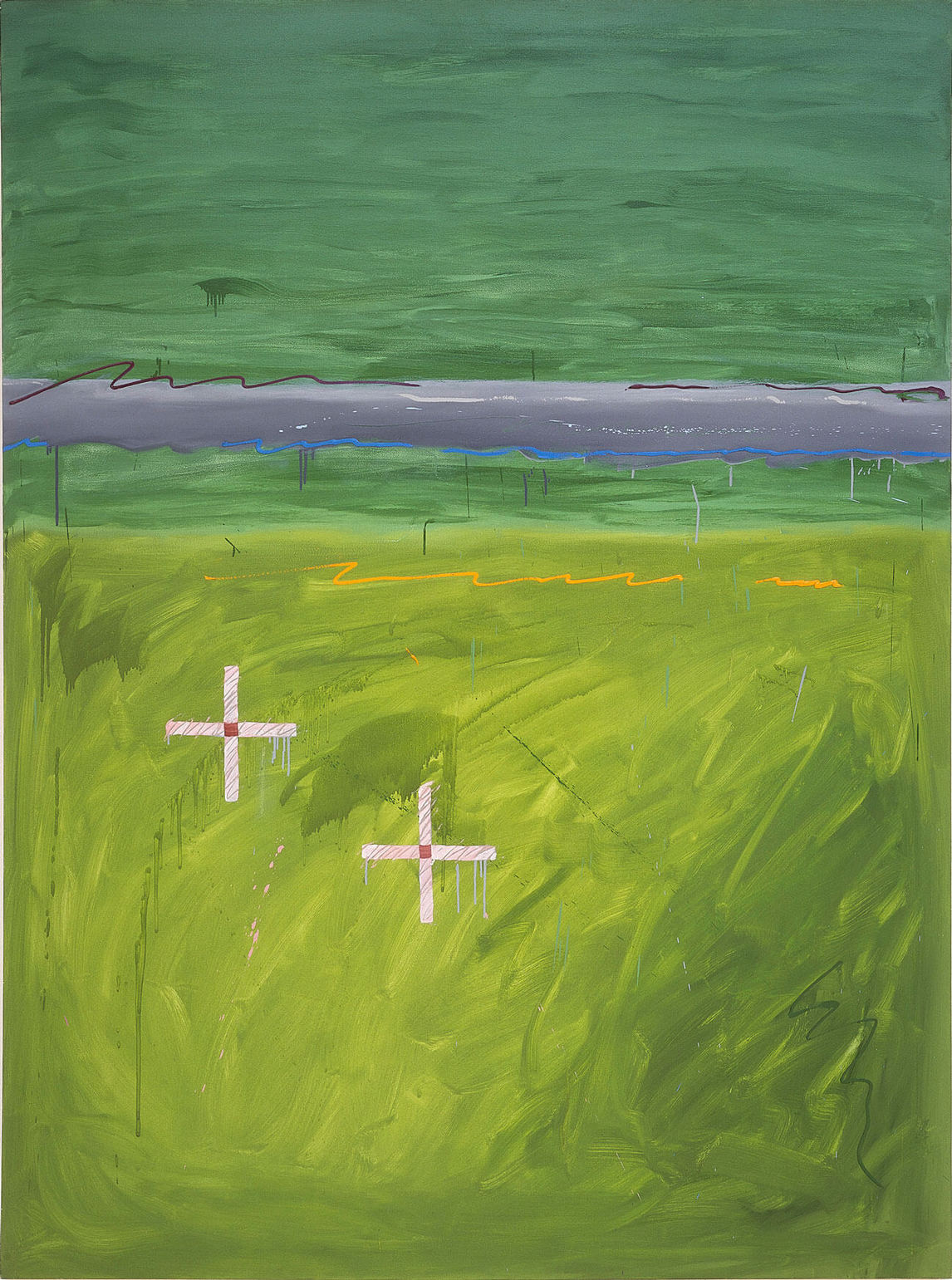
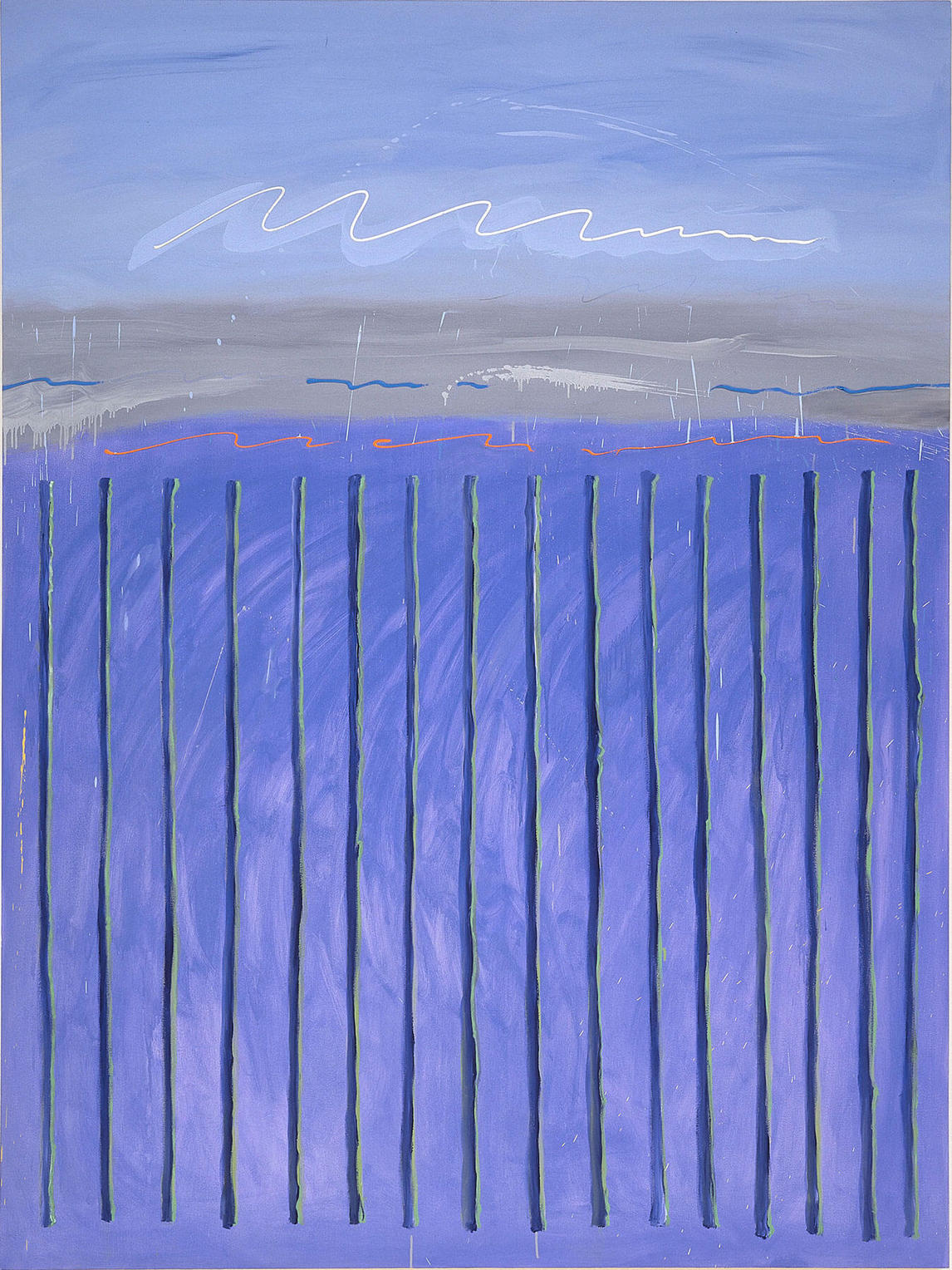
In this work, Houle employs broad gestural painting techniques, using space and light brushed in pigments sourced from the local natural environment—red, green, blue, and ochre—a vibrant response to the earth, light, and sky of Manitoba’s prairie landscape. Although, with an ambiguous painterly horizon line, the paintings allude to the landscape, Houle did not create the works as landscape paintings. Rather, they are “landscapes for the mind.”
Initially during his residency, in the winter, Houle painted in a studio in the basement of the Winnipeg Art Gallery, and he encountered challenges mixing colours due to the lack of natural light. Colour is critical to Houle’s methodology. To gain distance, he decided to take a break and travelled by bus northwest to Elphinstone, Manitoba, to visit his brother-in-law. During the journey he was struck by the barren landscape between Portage la Prairie and his destination, reminded how, on a grey day in the middle of winter, on a prairie landscape the demarcation between earth and sky practically disappears, giving the appearance of a monochromatic, flat, two-dimensional wall, similar to an abstract painting. When he shared with his family his challenges of painting in a windowless space, a relative pointed out to him that “there is colour in the snow.” Upon returning to Winnipeg, Houle mixed his colours in daylight.
Muhnedobe uhyahyuk is a work of re-appropriating and reclaiming Manitoba. It was subsequently exhibited in his first solo exhibition in a public art gallery in Canada, Robert Houle: Indians from A to Z, at the Winnipeg Art Gallery in 1990. The residency allowed Houle to explore and reconnect with his Plains identity. It marked the first time he realized how natural light played an important role in mixing colours and that he encountered the spirituality felt through direct sunlight.

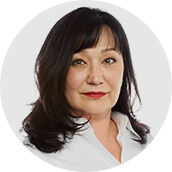 About the Author
About the Author
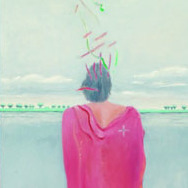 More Online Art Books
More Online Art Books
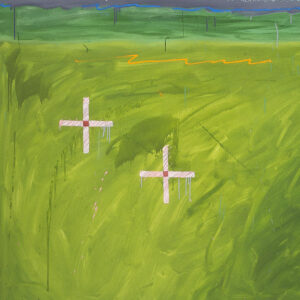 Acknowledgements
Acknowledgements